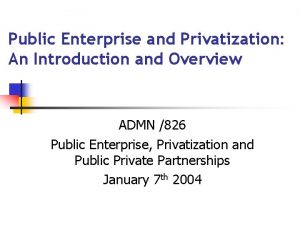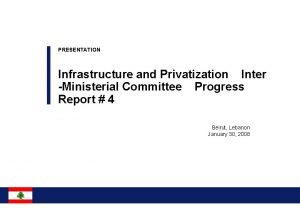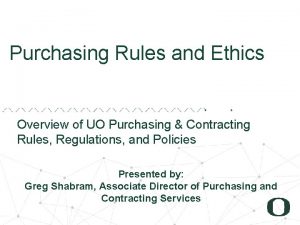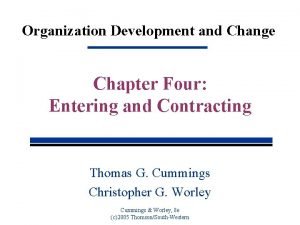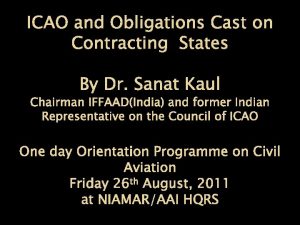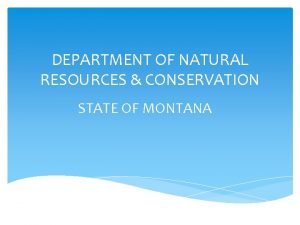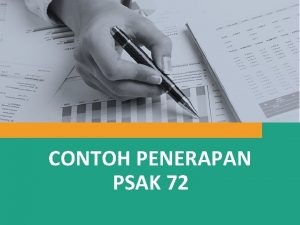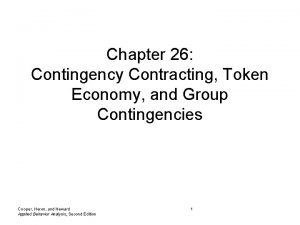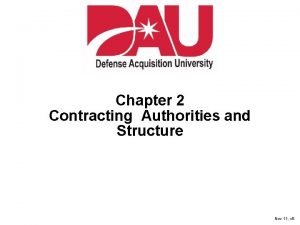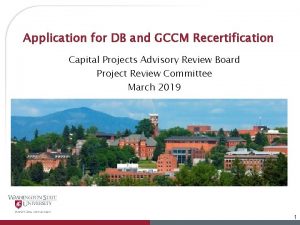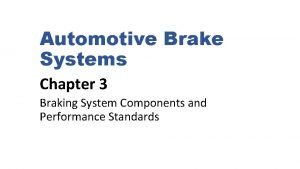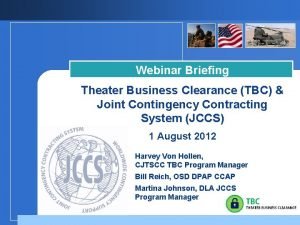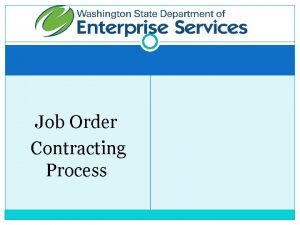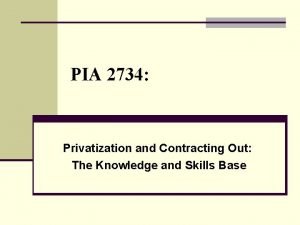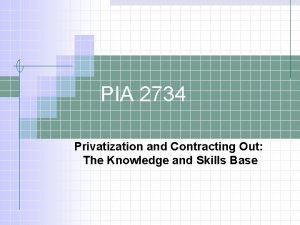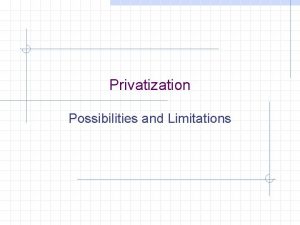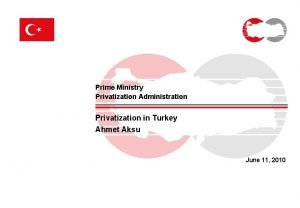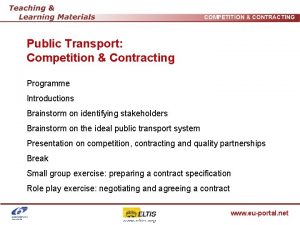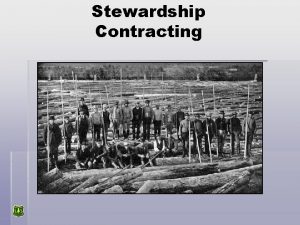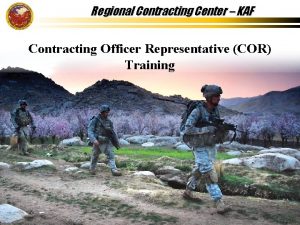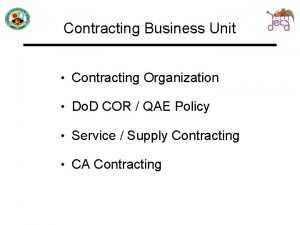Privatization and Contracting Out A Survey of the
































- Slides: 32

Privatization and Contracting Out A Survey of the Literature

Dismantling the State: Madsen Pirie u The arguments in favor of “Dismantling” the State n u Problem areas of public sector performance n u Production, Labor, Consumer, Administrative The Deficiencies of Public Sector Reform n u Ideological or rational Efficiency, waste and budget control Evaluation of Techniques of Privatization

Privatization as the key to Better Government: E. S. Savas u u Comparison of Savas and Pirie Arguments for Privatization: n Ideological w size of government n Pragmatic w normative, too big n Commercial w generate private sector development n Populist w empowerment, choice, and community based activities

Privatization as the key to Better Government: E. S. Savas u u Keynesian vs. Neo-Orthodoxy Arguments about exclusion Private goods vs. toll goods vs. collective goods vs. common pool goods (bottled water, river, streets) n Worthy goods—in a social sense n w health and education

Privatization as the key to Better Government: E. S. Savas u Services Government—Taxes n Government—Fees, or tolls n Government Vending n Contracting n Intergovernmental or interdepartmental agreements n Franchises and Monopolies n Subsidies n u Assessment of the Privatization

Private Provision—Contracting: Gabriel Roth u Private Sector n u Contracting vs. Grants n u u u Sub-contracting and sub-grants: Blurring the lines Making the Choice Contracting and Non-profits n u Indigenous vs. Foreign (or Pariah) Issues of privilege Debate about transaction costs Cost recovery vs. subsidies

Reinventing Government: David Osborne and Ted Gaebler u u Steering Rather Than Rowing Entrepreneurial Government n u Weberian Bureauracy n u Earning as well as spending--charging fees and selling goods and services Bankrupt? Third sector vs. Private sector n Use of Non-governmental organizations

Reinventing Government: David Osborne and Ted Gaebler u Community Based Government n u Subsidiarity People as citizens or consumers Is there a difference? n TQM—add on to consumers n u Government agencies compete with themselves

Reinventing Government: David Osborne and Ted Gaebler u Mission vs. Rules based government: n u u NASA and the Moon—Output based government Incremental vs. Zero Based (or targeted) budgets Decentralization n The Circle Rounds

Corruption—the Real Problem? Robert Klitgaard u u Corruption as functional and cultural Causes of corruption n u Poverty vs. ethnicity The Ethical Issues in a society of poverty n Obligation to family vs. obligation to society w The starving children problem u Are there benefits from corruption? n Getting things done means paying for it

Corruption—the Real Problem? Robert Klitgaard u “Rent Seeking” n u Charges higher than market price Corruption n Too much government or too much privatization

Corruption—the Real Problem? Robert Klitgaard u Corruption: Graft n Bribery n Nepotism n Kickbacks n Insider bidding (wired) n u Can and should corruption be controlled?

The Spirit and Intent of RSSAs and PASAs Within a USDA / USAID Parnership

Historical Perspective u USDA and President Truman’s “Point Four” Program n u administered the agricultural training and technical assistance programs 1950, Technical Cooperation Administration (TCA) created n Predecessor to USAID

Historical Perspective u 1955, International Cooperation Administration (ICA) All foreign economic development efforts were consolidated n USDA expertise and institutional resources were still critically needed n w As a result, ICA and USDA drew up a major agreement to facilitate cooperation in technical assistance, training, and information dissemination

Historical Perspective u Passage of the Foreign Assistance Act of 1961 and the creation of USAID A new General Agreement in 1966 laid the framework for cooperative relationships n USAID recognized "…the unique personnel resources, capabilities and experience of the Department” n w sought to use this expertise through cooperation n USDA recognized ". . . its responsibility, within its authority, to contribute toward U. S.

Historical Perspective u General Agreement between USDA and USAID n Based on the premise of a partnership between USDA and USAID w emphasis on joint planning, coordination and consultation n The agreement is not like a contract w establishes operational guidelines and a spirit of cooperation to link the institutional resources of two government agencies in accomplishing U. S. foreign assistance goals

Historical Perspective u General Agreement between USDA and USAID n Agreement affirmed new partnership mechanisms to access USDA expertise: Participating Agency Service Agreements (PASAs) Resources Support Services Agreements (RSSAs)

Authorizations for PASAs and RSSAs u Sections 621(a) and 632(b) of the Foreign Assistance Act n Enables USAID officers to secure "technical assistance. . . in the field of education, health, housing, or agriculture. . . " by utilizing "…to the fullest extent practicable, the facilities and resources of the Federal agency or agencies with primary responsibilities for domestic programs in such fields. . . "

Authorizations for PASAs and RSSAs u Amendment to Section 621 of the Foreign Assistance Act Participating Agency resources must be particularly or uniquely suitable for technical assistance; n Are not competitive with private enterprise; and n Can be made available without interfering with domestic programs n

Authorizations for PASAs and RSSAs u Economy Act n Requires both the Secretary of Agriculture to certify that assisting USAID is in the best interest of the Government and USAID's Administrator to ascertain that "…the ordered goods or services cannot be provided as conveniently or as cheaply by a commercial enterprise. "

Authorizations for PASAs and RSSAs u Office of Management and Budget’s (OMB) Circular A-76 n USAID can enter into PASAs or RSSAs with USDA only if the following conditions are met: w USDA resources and expertise are used for technical assistance; w USDA can provide technical assistance better than USAID, the private sector or another Federal agency w USDA has a formal program for managing excess personnel capacity that allows staff to

Authorizations for PASAs and RSSAs u Office of Management and Budget’s (OMB) Circular A-76 n Before a RSSA or PASA can be approved and issued, a detailed justification must be provided on USDA's unique suitability, and all other A-76 requirements must be met

“Spirit and Intent” & Responsibilities in Implementing PASAs and RSSAs u USAID’s Handbook 12 n Defines PASAs as agreements with other Federal agencies for specific services or support tied to a specific project goal and performed within a definite time frame

“Spirit and Intent” & Responsibilities in Implementing PASAs and RSSAs u PASAs n Normally issued by Missions for support outside the U. S. , but can be used to carry out a specific goal or goals of an AID/W project

“Spirit and Intent” & Responsibilities in Implementing PASAs and RSSAs u RSSAs n u Agreements funded in AID/W for continuing general support assistance, usually provided in an AID/W office, and have no specific, readily measurable goals to be accomplished within a set time period In the 1990's, most USDA/USAID agreements have been RSSAs

“Spirit and Intent” & Responsibilities in Implementing PASAs and RSSAs u Intent and Spirit of PASAs and RSSAs n Strengthen the partnership between USAID and USDA by fully utilizing Departmental competence, resources and experience and exchanging critical information and knowledge to benefit both agencies

“Spirit and Intent” & Responsibilities in Implementing PASAs and RSSAs u Staff Responsibilities RSSA and PASA staff should have a clear understanding of USDA's unique capabilities as the world's largest source of technical expertise n agriculture, natural resources management, and related areas n RSSA staff should cooperate and interact with USDA agency employees having mutual interests whenever possible n

“Spirit and Intent” & Responsibilities in Implementing PASAs and RSSAs u Staff Responsibilities n Sharing RSSA knowledge with Departmental officials can positively impact U. S. agriculture and USDA goals w can ultimately advance development efforts

RSSA Human Resources u USDA hiring for RSSA positions: Recruits from Departmental agencies and land-grant university network first, drawing on its unique pool of expert resources nationwide n When USDA makes decision, USAID is asked to concur n

RSSA Human Resources u USDA hiring for RSSA positions: Once appointed, RSSA employees receive technical advice and guidance from their USAID Project Officer, but their official supervisor is at USDA n RSSA performance appraisals are determined by the USDA supervisor n w With input from USAID Project Officer n RSSA employees' annual work plans should also be developed consistent with USDA policies and objectives

In Summary u Through collaboration and cooperation, benefits will continue for U. S. foreign assistance as information and knowledge flows from USDA to USAID n u Equally important - benefits will flow from USAID to the Department RSSA employees play a crucial role in facilitating this exchange and are key to sustaining the long-standing partnership between the two agencies
 Advantages of privatization
Advantages of privatization Privatization of water
Privatization of water Privatization
Privatization 1d one thing
1d one thing 意識abcd
意識abcd Uo purchasing and contracting
Uo purchasing and contracting Ctip for acquisition and contracting professionals
Ctip for acquisition and contracting professionals Interpersonal process issues in entering and contracting
Interpersonal process issues in entering and contracting Exblowra trading and contracting
Exblowra trading and contracting Independent event in probability
Independent event in probability Setting out survey calculation
Setting out survey calculation Put out that light
Put out that light Teejan trading & contracting
Teejan trading & contracting Contract management framework template
Contract management framework template Contracting state meaning in aviation
Contracting state meaning in aviation Nrcg contracting for fire
Nrcg contracting for fire Contoh psak 72
Contoh psak 72 Contingency contract definition
Contingency contract definition Universal fencing contracting
Universal fencing contracting Contingency contract aba
Contingency contract aba Af chain of command
Af chain of command Brute contracting
Brute contracting Huff contracting
Huff contracting Contracting company
Contracting company Con 360 pre course work
Con 360 pre course work Train brake system
Train brake system Broad based pyramid shaped age structure
Broad based pyramid shaped age structure Abs brake components
Abs brake components What macromolecule is used for contracting muscles? *
What macromolecule is used for contracting muscles? * Theater business clearance
Theater business clearance Job order contracting 101
Job order contracting 101 Performance work statement examples
Performance work statement examples Business plan for government contracting
Business plan for government contracting
